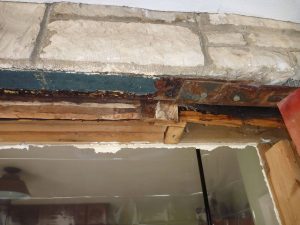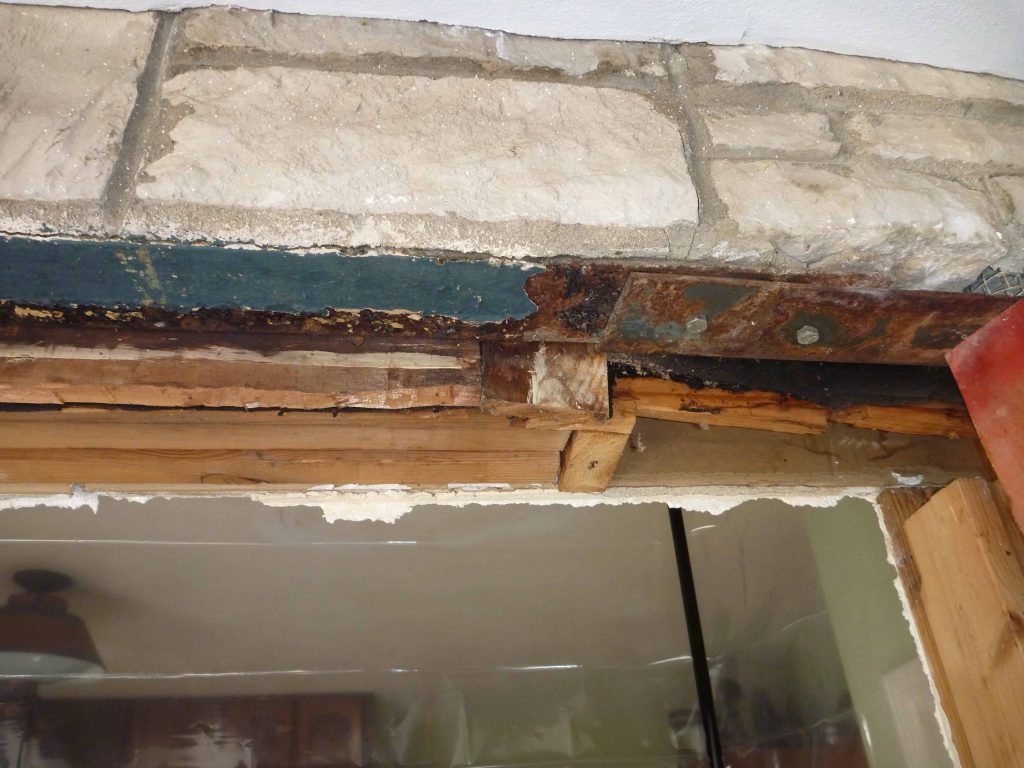
As homeowners deal with economic pressure, many are trying to save money by doing jobs around the house themselves. Often, they end up with disastrous (and more expensive) results such as this tale of a of a guy doing a simple toilet repair.
A recent Angie’s List member poll found 83 percent of respondents go the do-it-yourself route because they want to save money. However, one in five who attempted a DIY project still had to call in a pro to finish the job, and in many cases, undo the damage they had done.
“One of our members installed his own deck, but the problem came later, when he realized he installed the planks upside down,” said Angie’s List founder Angie Hicks. “Hence, the wood began to warp and has become a tripping hazard. Needless to say, that member is now calling in a professional to redo the job.”
More than a few DIYers ended up in the ER, including one member who nearly cut his fingers off with a table saw. In a turn of events worthy of a prime time sitcom, he ran to the bathroom, tripped and hit his head on the deck he was trying to build, ending up with a twisted ankle, three cut fingers and a concussion.
We recently polled professionals on CompanyConnect to see what DIY disasters they’ve remedied for homeowners. More than 88 percent of respondents said they’ve fixed at least one DIY disaster, and of those 80 percent of respondents said the fix was more expensive than hiring a professional in the first place.
Common issues that needed to be fixed were plumbing and electrical work, carpet installation and painting, but problems extended to pet grooming mishaps, tree removal and stair installation. One respondent even says that DIY jobs keep him in business!
If you’re contacted by a homeowner with a DIY disaster on their hands, here are things to consider:
Communicate ideas: Listen to what the homeowner wanted to accomplish and explain what updates and repairs you’ll need to do in order to satisfy their wants.
Put it in writing: Once you understand the project at hand, write out an estimate to avoid billing disputes once the job is complete. Both you and your customer should sign. Documentation is often your best defense if things go wrong.
Seize the moment: A DIY disaster often comes with a bruised ego. While some clients might be sheepish, embarrassed or downright angry, (gently) ask about any other upcoming projects they were thinking about tackling and explain why certain tools, know-how and experience can help get a job done efficiently and correctly the first time around.
Link to accompaniment video: Angie talks DIY disasters

